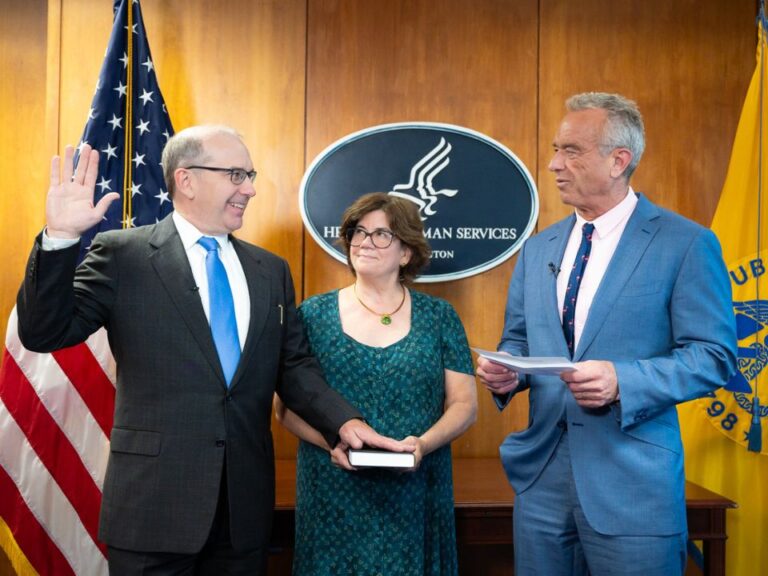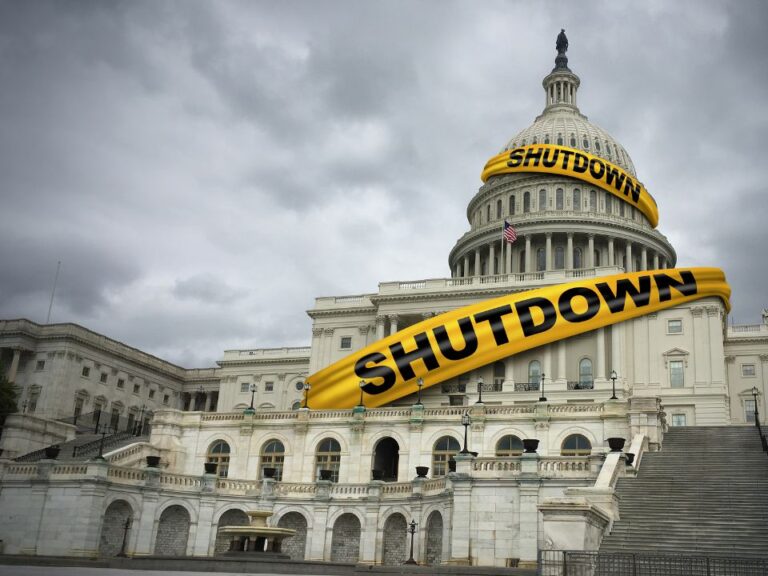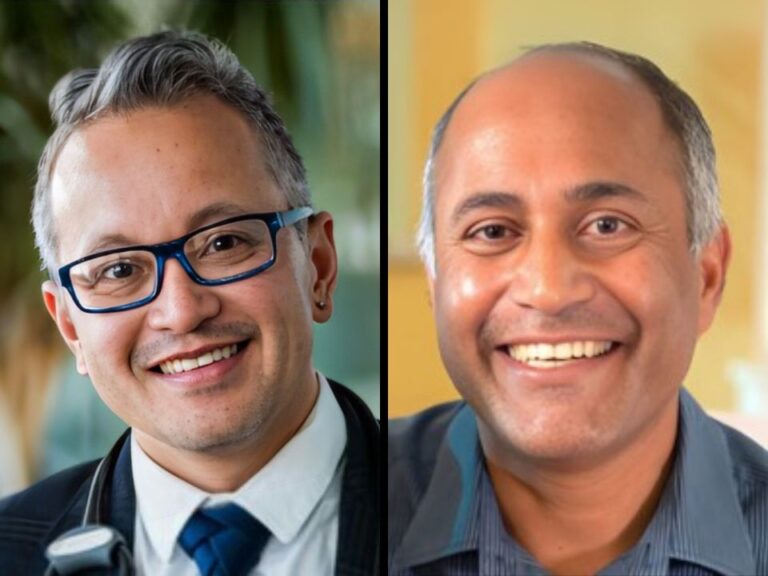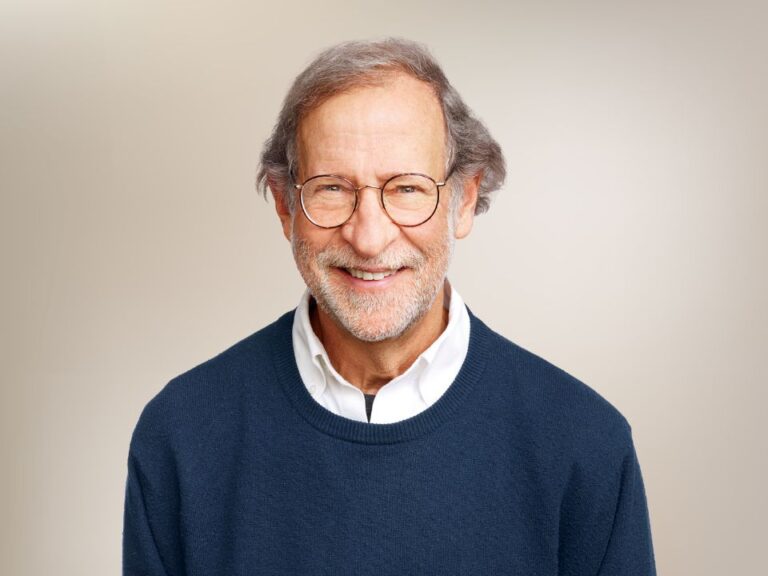Earlier this year, billionaire Patrick Soon-Shiong created considerable confusion by launching a cancer “moonshot” program at the same time that President Barack Obama announced an initiative that went by pretty much the same name.
On Jan. 11, a day before Obama announced his program during the State of the Union Address, Soon-Shiong, in a draft press release, claimed that the White House, NIH, FDA and pharmaceutical companies have united to launch the “Cancer MoonShot 2020,” an immunotherapy clinical trials program that Soon-Shiong had designed.
This prompted NIH Director Francis Collins to delineate the White House moonshot from Soon-Shiong’s (The Cancer Letter, Jan. 15).
Now, here is a detail that wasn’t publicly known at the time:
Within weeks of January’s lunar collision, Soon-Shiong’s corporations applied for trademark protection for three entities involved in his moonshot: Cancer Moonshot 2020, Cancer Moonshot 2020 Foundation, and Cancer Moonshot Network News.
Last month, MD Anderson Cancer Center applied for trademark protection for its own moonshot program and filed an opposition to potential issuance of trademarks to Soon-Shiong, and—in a related move—sued Soon-Shiong and three of his corporate entities.
The suit by the UT System Board of Regents was filed in the U.S. District Court for the Southern District of Texas, Houston Division.
The regents claimed violation of the Lanham Act, the federal law that governs trademarks, service marks, and unfair competition. The regents also allege common law trademark infringement, seeking permanent injunctions, declaratory judgments, the award of damages, attorneys’ fees and “the delivery and destruction of all articles, including Defendants’ marketing materials.”
The battle is being fought on two fronts: the court and the U.S. Patent and Trademark Office.
In the opposition filings before PTO, MD Anderson is joined by the U.S. Department of Health and Human Services, which states for the first time that it had leased the moonshot trademarks from MD Anderson.
This licensing deal between MD Anderson and HHS was done within days of the filing of opposition petitions.
MD Anderson and HHS are confronting Soon-Shiong and three of his companies NantHealth Inc., NantWorks LLC, and Nant Holdings IP LLC.
The boundaries between the moonshots haven’t been entirely clear. Soon-Shiong has been involved in the government’s moonshot. He has had multiple meetings with Vice President Joe Biden, who runs the National Cancer Moonshot Initiative. Soon-Shiong is also a member of the NCI Blue Ribbon Panel, a group that advises Biden’s moonshot.
Also, Soon-Shiong had said in an earlier interview with The Cancer Letter that his interaction with NCI draws on the institute’s expertise through a Cooperative Research and Development Agreement.
NCI officials said at the time that the existence of the CRADA cannot be construed as an endorsement of Soon-Shiong’s Cancer MoonShot 2020 program.
Egos and legacies—both political and scientific—are at stake.
The MD Anderson Moon Shots Program, launched in the fall of 2012, is the signature program of the cancer center’s president Ronald DePinho.
The White House program dates back to Oct. 21, 2015, when Biden first mentioned the need for a scientific “moonshot” push to cure cancer, according to the HHS’s filing before PTO.
Triple Moonshot
Today, it’s unknown whether the Trump administration would allow the moonshot to crash into the sea, but Biden, whose son died of cancer, is widely expected to continue to play some role in spearheading cancer research.
“The general rule is, the first party to use the mark in relation to a product or a service is the one entitled to continue to use it,” said Steven Lieberman, an attorney with the Washington law firm of Rothwell, Figg, Ernst & Manbeck. “From a quick review, it appears that MD Anderson’s use of the mark predates that of Patrick Soon-Shiong’s.”
In filings, MD Anderson and HHS say that allowing the Soon-Shiong entities to use the word “moonshot” would create confusion.
According to MD Anderson’s filing before PTO, the word “moonshot” is “identical, save but for a space between the words and a trailing ‘s’ as a plural.”
“Applicant’s Mark is so similar to Opposer’s MOON SHOTS Mark that registration of the Applicant’s Mark is likely to cause confusion, mistake, and/or deception, all to the irreparable harm of Opposer,” the MD Anderson PTO filing states.
Moreover, “the services identified in the Subject Application will be offered under or in connection with the Applicant’s Mark to the same, substantially similar, and/or overlapping classes of consumers as those who come into contact with Opposer’s MOON SHOTS Mark.”
Soon-Shiong’s “network news” trademark, too, is “closely related to the media and structure in which Opposer provides medical news and information, particularly in the field of healthcare and cancer treatment, for example, through articles, publications, and Opposer’s websites, www.CancerMoonshots.org and www.MDAnderson.org.”
Soon-Shiong’s moonshot revolves around his proposed master protocol-based clinical trial called QUILT Trial (Quantitative Integrative Lifelong Trial), which is designed to test vaccines, cell-based immunotherapy, metronomic chemotherapy, low dose radiotherapy and immunomodulators in patients who have undergone next generation whole genome, transcriptome and quantitative proteomic analysis.
His vision is to complete randomized trials in up to 20 tumor types in as many as 20,000 patients by the year 2020. The master protocol for the trial hasn’t been made available publicly.
In a PTO filing opposing granting the moonshot trademark to Soon-Shiong, HHS said that the government’s use of the word “moonshot” precedes Soon-Shiong’s.
“Applicant’s CANCER MOONSHOT 2020 mark so resembles the Opposer’s marks MOONSHOT and CANCER MOONSHOT, that Applicant’s mark is likely to cause confusion and lead to deception as to the origin of Opposer’s services among consumers.”
The use of this word has “caused actual confusion in the marketplace,” the filing states. References to Soon-Shiong’s Cancer Moonshot 2020 Foundation and Cancer Moonshot Network News would be similarly “likely to cause confusion and lead to deception as to the origin of Opposer’s services among consumers.”
In January, Soon-Shiong’s use of the word “moonshot” was sufficiently confusing that NIH Director Collins attempted to distinguish Soon-Shiong’s program from that of the U.S. President’s.
“I think there has been some confusion and some misunderstanding, and maybe the word moonshot has been utilized by lots of people over time, and in this case, is somewhat a source of confusion,” Collins said during a press call Jan. 14. “Dr. Soon-Shiong obviously is a highly-regarded entrepreneur, very interested in this space, but the program that he talked about at JP Morgan earlier was not one that involves the NCI or the FDA in a partnership way.
“We’re obviously interested in all groups that have something to contribute here, but make no mistake, what the vice president announced in terms of his blog and what the president was talking about in the State of the Union is not the same thing as what was discussed [by Soon-Shiong].”
MD Anderson officials declined to comment on the matter.
Calls to Soon-Shiong’s press office and his trademark attorney weren’t returned.















